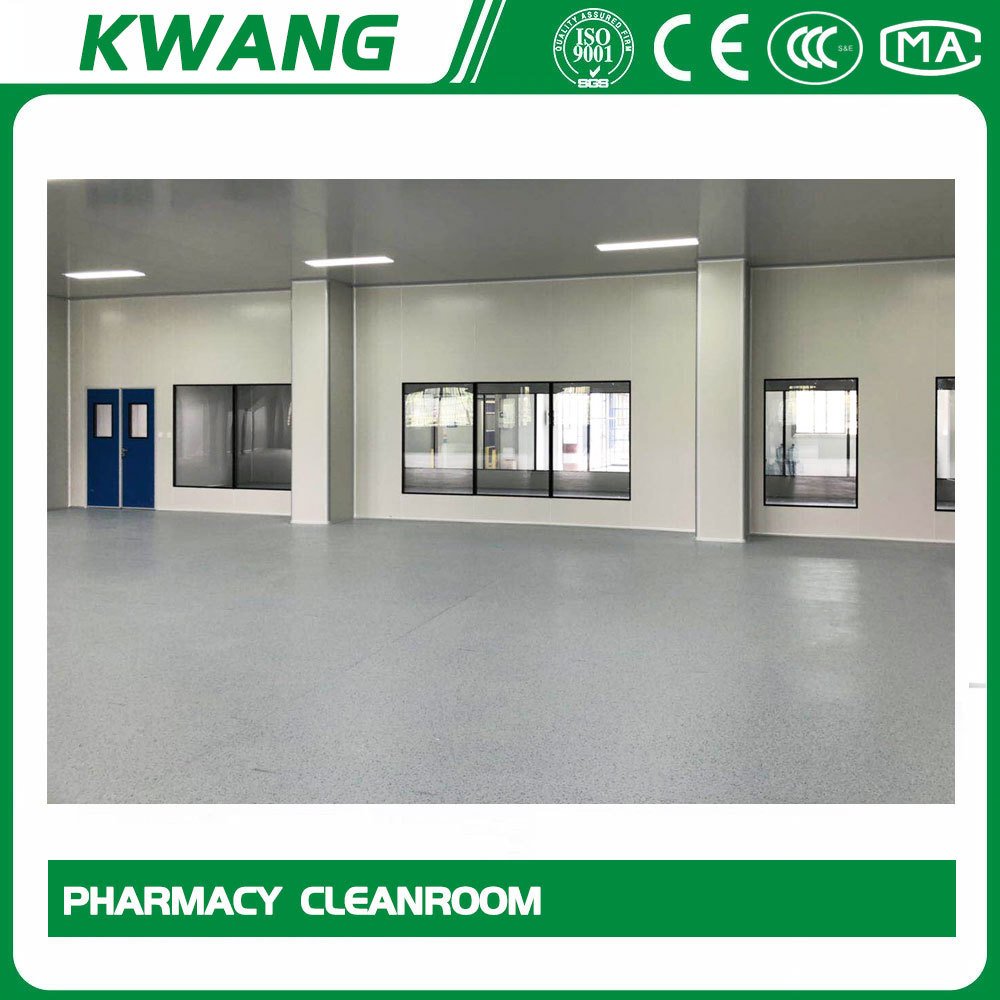Clean Room Application Industry
Clean rooms are defined as specially constructed, environmentally controlled enclosed spaces with respect to airborne particulates, temperature, humidity, air pressure, airflow patterns, air motion, vibration, noise, viable (living) organisms, and lighting.

Particulate control includes:
- Particulate and microbial contamination
- Particulate concentration and dispersion
“Federal Standard 209E” defines a clean room as a room in which the concentration of airborne particles is controlled to specified limits.
“British Standard 5295” defines a clean room as a room with control of particulate contamination, constructed and used in such a way as to minimize the introduction, generation and retention of particles inside the room and in which the temperature, humidity, airflow patterns, air motion and pressure are controlled.
Today, many manufacturing processes require that spaces be designed to control particulate and microbial contamination while maintaining reasonable installation and operating costs. Clean rooms are typically used in manufacturing, packaging, and research facilities associated with these industries:
1. Semiconductor: This industry drives the state of the art clean room design, and this industry accounts for a significant number of all operating clean rooms.
2. Pharmaceutical: Clean rooms control living particles that would produce undesirable bacterial growth in the preparation of biological, pharmaceutical, and other medical products as well as in genetic engineering research.
3. Aerospace: The manufacturing and assembling of aerospace electronics, missiles and satellites were the first application of clean rooms. Large volume clean room spaces with extreme cleanliness are involved.
4. Miscellaneous Applications: Other uses include advanced materials research, laser and optic industries, microelectronics facility, paint room and in some aseptic foods production. Also in some high infection risk areas of hospitals.
While hospital operating rooms can be considered clean spaces, their concern is to control types of contamination rather than the quantity of particles present. The semiconductor manufacturing requires very clean environment.

 +86 13921198925
+86 13921198925 katherine.wang@kwangpurification.net
katherine.wang@kwangpurification.net 8613921198925
8613921198925






